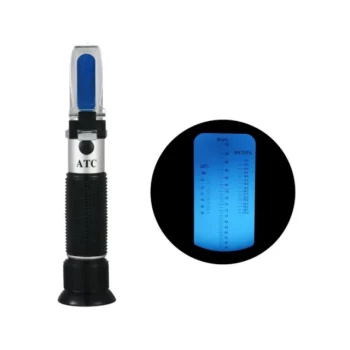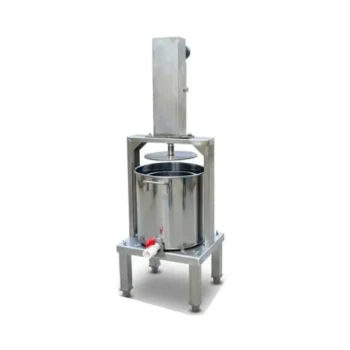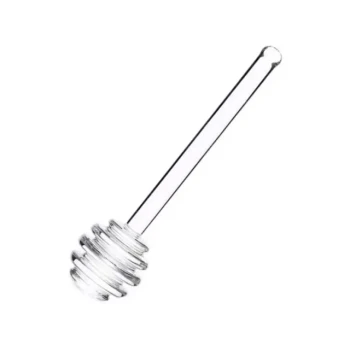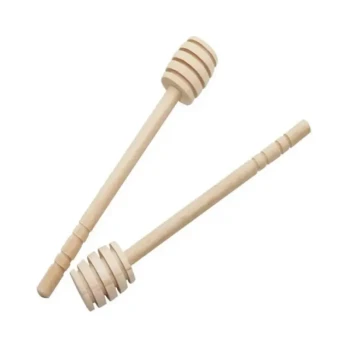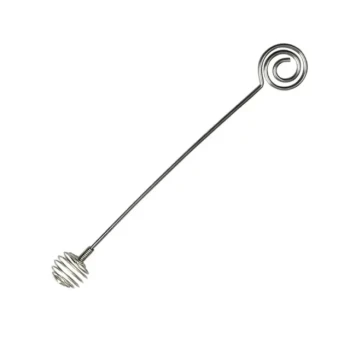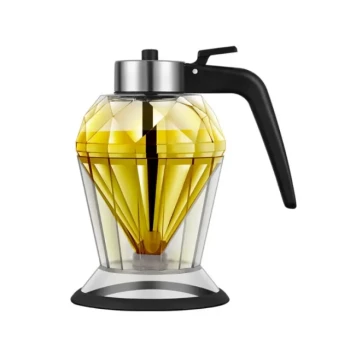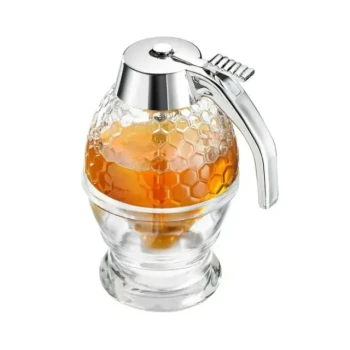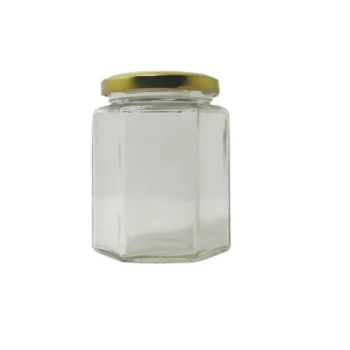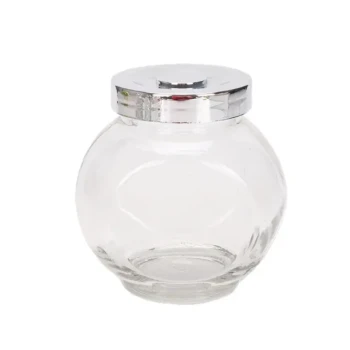Honey’s natural sweetness and health benefits make it a prized product—but only when its moisture content is carefully controlled. Excess water triggers fermentation, ruining flavor, texture, and market value. This guide explains the critical moisture thresholds for honey preservation, compares testing methods, and shares actionable strategies to protect your harvest.
The Critical Role of Moisture in Honey Preservation
How Excess Moisture Activates Natural Yeast in Honey
Honey’s sugars are a feast for wild yeasts, which lie dormant until moisture unlocks their fermentation potential. Research shows:
- Below 17% moisture: Yeast activity is negligible; honey remains stable.
- 18–19% moisture: Fermentation is possible if yeast populations are high.
- Above 20% moisture: Rapid spoilage occurs, producing off-flavors and gas.
Did you know? Even "raw" honey—prized for its enzymes—requires moisture control to prevent these microbes from degrading its quality.
The Hygroscopic Nature of Honey and Water Activity Thresholds
Honey absorbs moisture from its environment, making storage conditions as critical as hive management. Key insights:
- Hygroscopic pull: Honey draws humidity from the air, especially in rainy seasons or humid climates.
- Water activity (aw): A measure of available moisture for microbial growth. Honey’s low aw (typically 0.56–0.75) inhibits bacteria but not all yeasts.
Practical tip: Store honey in airtight containers below 60% relative humidity to maintain equilibrium.
Practical Methods for Beekeepers
Refractometers vs. Traditional Moisture Testing Techniques
Beekeepers use two primary tools to measure moisture:
| Method | Accuracy | Ease of Use | Best For |
|---|---|---|---|
| Digital refractometer | High | Quick, portable | Commercial operations |
| Hydrometer | Moderate | Requires calibration | Small-scale beekeepers |
Why refractometers win: They provide instant, precise readings (±0.2%) and eliminate guesswork from analog tools. For distributors like HONESTBEE’s clients, this precision ensures compliance with international standards (e.g.,
Seasonal and Environmental Factors Affecting Hive Moisture
- Harvest timing: Honey collected in dry seasons averages 14–16% moisture; rainy seasons can spike levels to 19%.
- Hive ventilation: Poor airflow raises internal humidity. Use screened bottom boards or upper vents to regulate moisture.
- Extraction practices: Wet uncapping tools or humid processing rooms introduce water. Opt for climate-controlled spaces.
Proactive step: Test honey from different hive sections—moisture varies by comb location.
Consequences of Neglect and Real-World Lessons
Case Study: Economic Losses from Fermented Honey Batches
A Midwest apiary lost over $12,000 in 2022 after shipping honey with 20.5% moisture. The batch fermented in transit, triggering:
- Customer refunds and reputational damage.
- Recovery costs: Reprocessing honey into lower-value baked goods (legally labeled "baker’s honey" when fermented).
Long-Term Brand Reputation Risks for Commercial Producers
Consumers associate fermentation with poor quality control. For wholesalers, one spoiled shipment can erode trust with retailers. Mitigation strategies include:
- Batch testing: Sample each harvest before bulk packaging.
- Supplier partnerships: Work with equipment providers like HONESTBEE to access reliable refractometers and drying systems.
Protect Your Honey’s Quality—Partner with HONESTBEE
Commercial beekeepers and distributors can’t afford fermentation risks. HONESTBEE’s precision tools and moisture-control supplies help you:
✔️ Maintain honey at optimal 16–18% moisture
✔️ Meet export and retail standards effortlessly
✔️ Safeguard profits and brand reputation
Take action today: Equip your operation with science-backed solutions tailored for high-volume honey production.
Final thought: Moisture management isn’t just science—it’s the difference between a premium product and a wasted harvest. How will you adapt your process this season?
Visual Guide
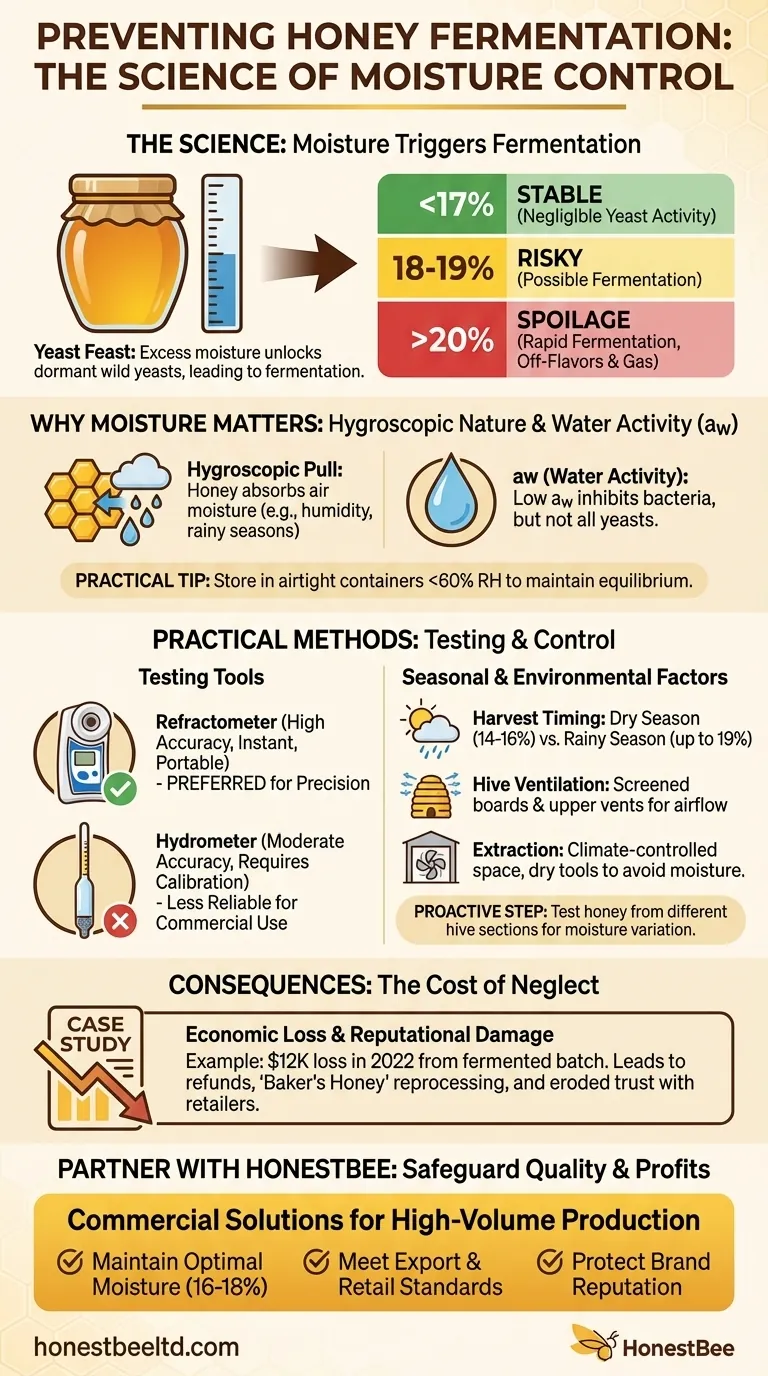
Related Products
- Precision Honey Refractometer Instrument for Quality Assessment
- Easy Use Manual Stainless Steel Honey Press for Honey Comb
- 10L Stainless Steel Electric Honey Press Machine
- Premium Heat-Resistant Glass Honey Dipper
- Natural Wood Honey Dipper for Tea Coffee and Desserts
Related Articles
- Mastering Honey Refractometer Basics: A Guide to Precision and Profitability
- How Floral Composition Shapes Honey Texture: Managing Crystallization for Perfect Consistency
- How to Accurately Test Honey Readiness: Science-Backed Methods for Beekeepers
- Mastering the Craft: A Professional's Guide to Calibrating Your Honey Refractometer
- How to Reduce Honey Moisture: Science-Backed Methods for Beekeepers

